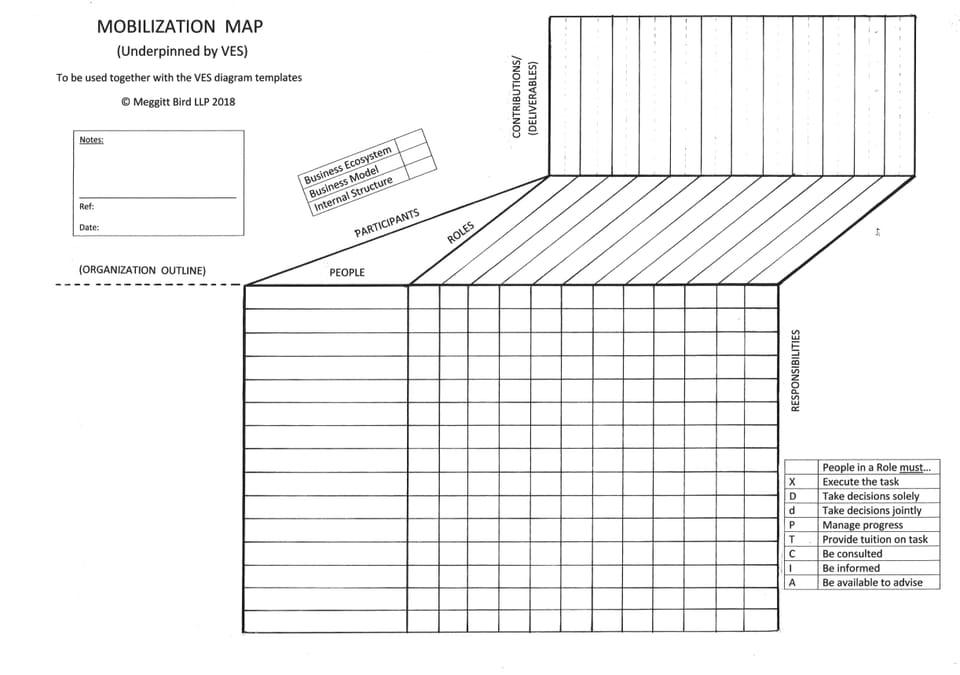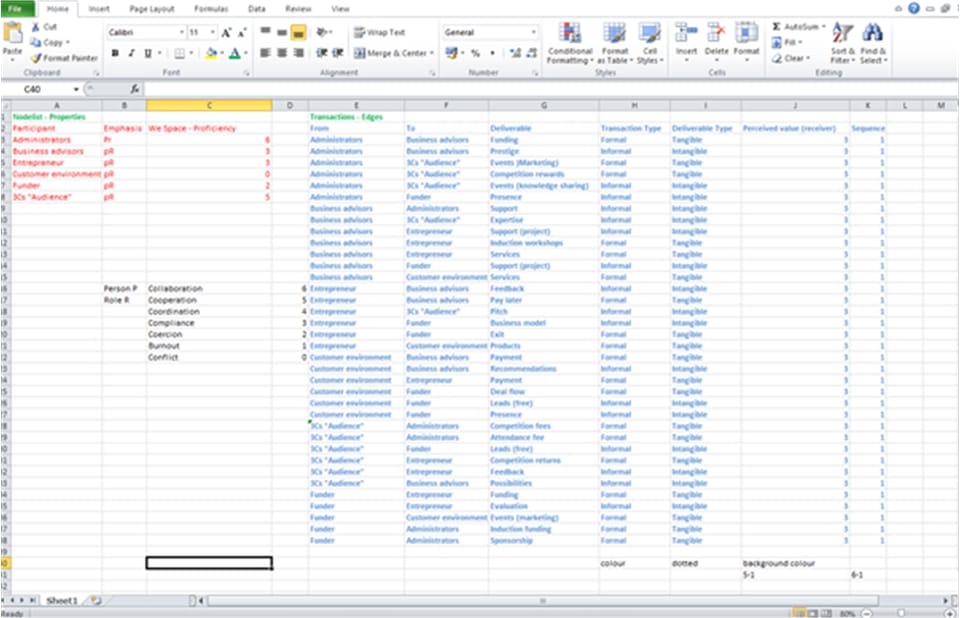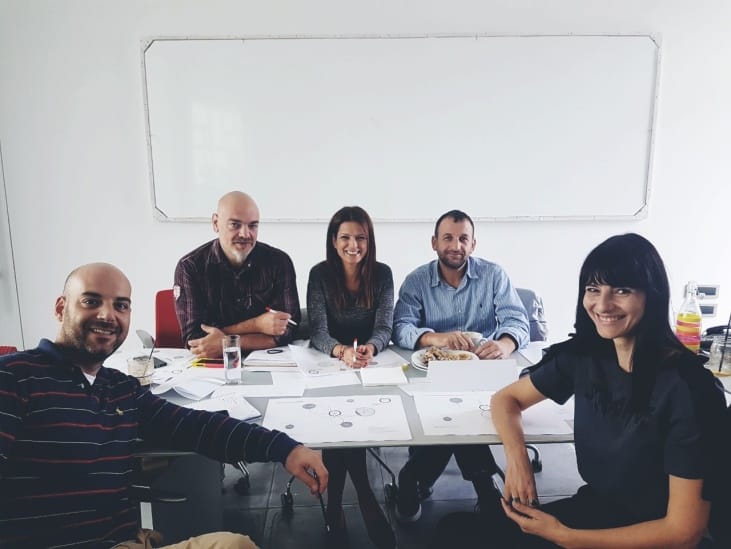Testing business viability (H5) 1)
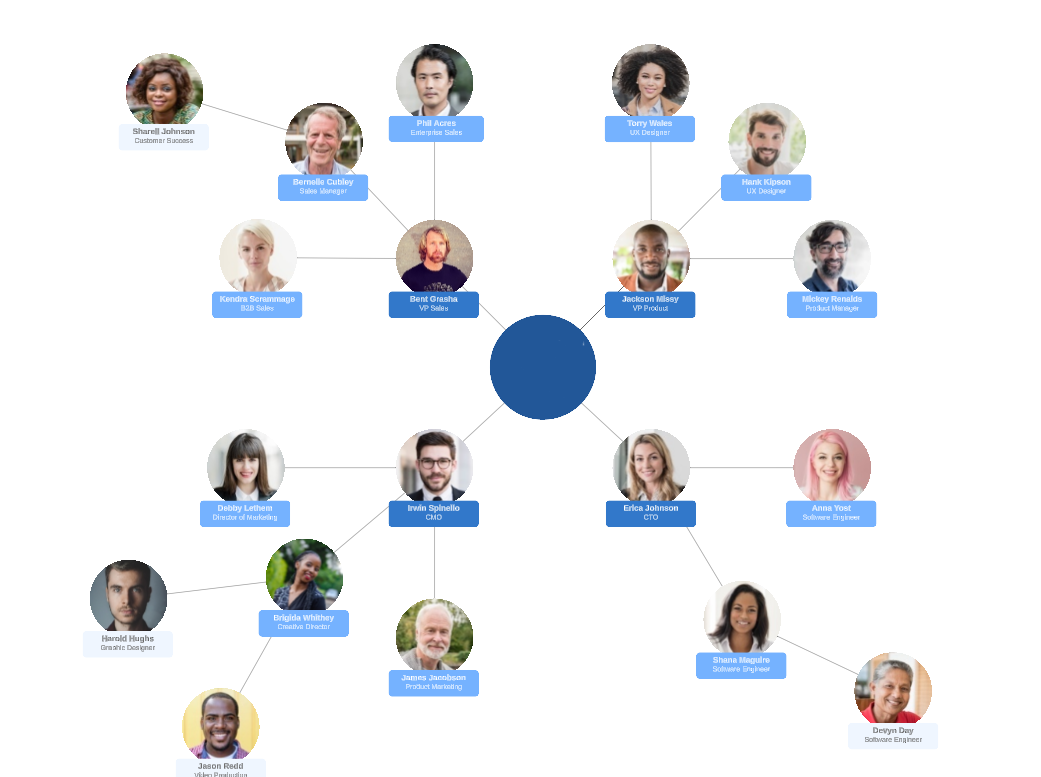
Far from being static, organizations evolve, adapt, and surprise us with emergent responses to new challenges, whether originating internally or from the external environment. This is because the Participants in them are simply human! In essence, self-organization cannot be quelled, even in the most oppressive of situations.
One key challenge that arises from this can be framed as:-
How can an organization be "controlled" without diminishing the power of autonomy that sustains resilience and agility and, ultimately, viability?
In the Assess stage, a powerful technique for assessing organizational configurations' effectiveness in coping with new challenges is the Viable Systems Model (VSM). This focuses on the structure of the relationships between people and groups and how they can be managed. (An excellent summary of how viability is conceived is provided here [1].)
In doing this, VSM recognizes the recursive nature of an organization when viewed as an organic system with its Russian Doll-like arrangement of subsystems and sub-subsystems et al. At each system level, five subsystem elements are conceived and defined as:-
Policy:- This incorporates the legitimacy of the organization, its higher purpose, value, direction: it represents the ultimate authority and decision-making prior to representation to any higher level. Designated S5 in VSM.
Intelligence:- Using environmental scanning and model building, this is focussed on doing the right things, adapting strategy accordingly and communicating the results. Designated S4 in VSM
Control:- This takes an overall view of operations - doing things right; their coherence, synergy between complementary activities, rules of interaction, efficiency, and potential for optimization. Designated S3 in VSM. An associated role is Internal Audit (S3*). This fills the gaps; providing a more complete view, directly overriding local management. By being sporadic and explicit rather than "spying," it also establishes trust. It may well be interpreted as a "Super Auditor" role. [2]
Co-ordination:- Concerned with ensuring stability, resolving conflicts and guaranteeing harmony between primary activities. Designated S2 in VSM
Implementation:- This covers the primary activities that fulfil the organization's purpose. They get the job done, have links to the operational environment, and ideally have maximum autonomy within flexible management. Designated S1 in VSM.
Unfortunately, VES diagrams that represent the connections between the elements are as confusing to the novice as electrical wiring diagrams. Nevertheless, they aim to simplify actual organizational complexity and facilitate debate and adjustment. Usefully, VES provides a straightforward way of representing both the elements and the information flows between them. As a result, insights from VSM can be applied directly to the VES Business Model arising from the Discovery stage of the VES process.
Using the descriptions introduced in W2, VES portrays VSM as follows.
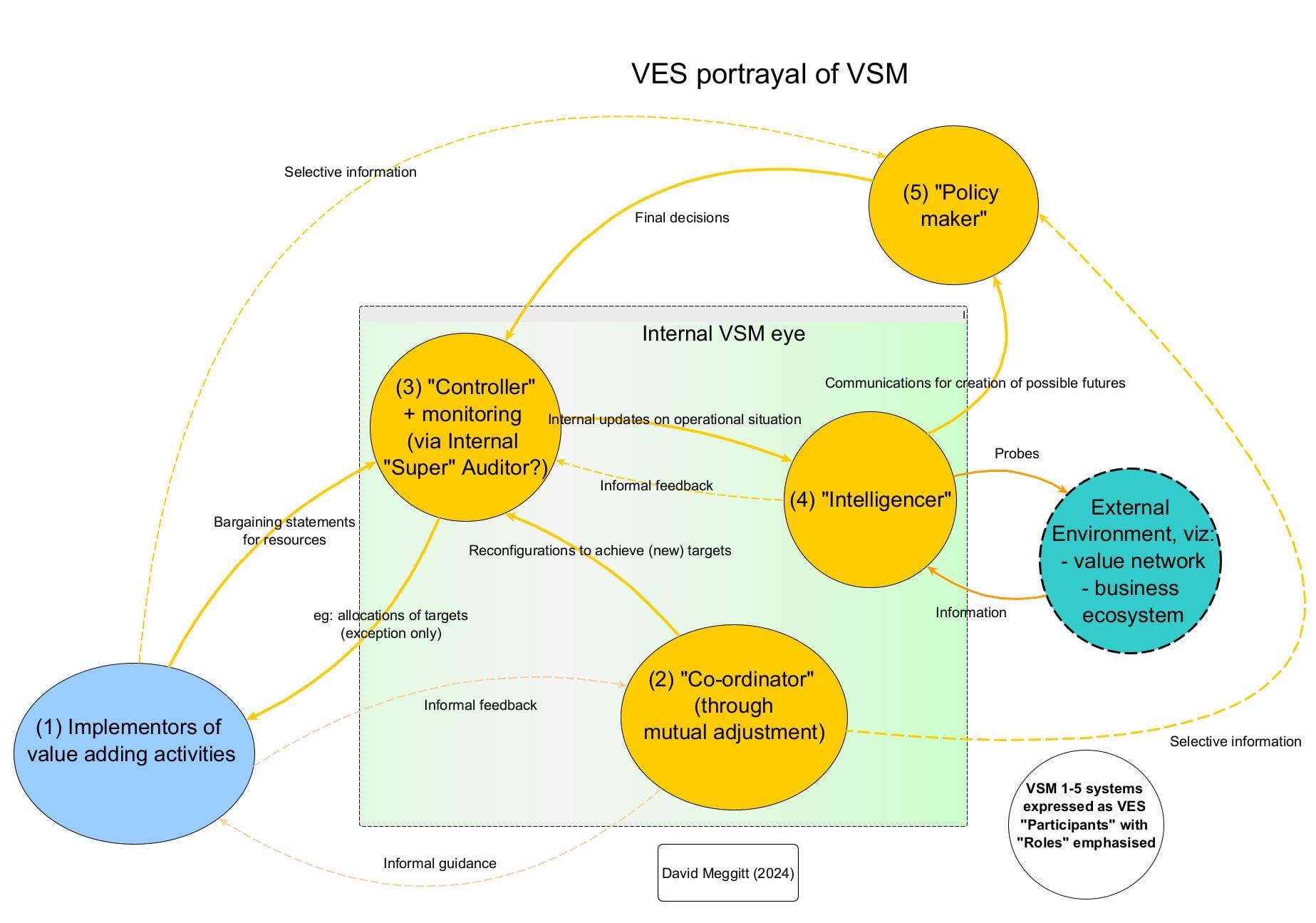
The assessment of the viability of a business model can be conducted as follows:-
1) Cluster Participants in the Business Model into the VSM Role-plays.
If a Role-play is missing, then users should be alerted to the possibility that the organization is NOT viable as it stands.
2) Check that value transactions connect the Clusters.
3) Match the Deliverables between some of the Cluster Participants against those in the VSM portrayal above.
Alternatively, use a spreadsheet tabulation of the business model to conduct the mapping. This will be described after we have covered the Type 3 Visualization option (H4).
Bear in mind that VSM focuses on organizational design at the expense of acknowledging individual values and viewpoints. It does not fully consider the complexities of human agency, diversity, and power dynamics within organizations.
This weakness will be addressed in (H5)3) by incorporating within VES insights from the groundbreaking research conducted by Professor Charles Ehin, and manifested in his We Space Theory (WST).
The answer to the question posed above, is a combination of the concepts of Control within VSM and WST, all integrated with VES.
Acknowledgement: I am grateful for the collaboration with Professor Panagiotis Panagiotakopoulos that helped me create the VES portrayal of VSM.
Notes:
[1] Espejo and Gill, "The Viable System Model as a Framework for Understanding Organizations"....here
[2] Professor Andrew Chambers has powerfully proposed in the past the role of "Super Auditor," and provided me with deep insights on the challenges of corporate governance and the avoidance of stifling compliance controls.
